- Добавил: literator
- Дата: 5-11-2022, 07:46
- Комментариев: 0
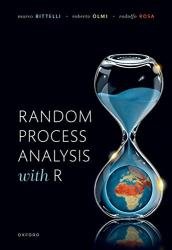 Название: Random Process Analysis with R
Название: Random Process Analysis with RАвтор: Marco Bittelli, Roberto Olmi
Издательство: Oxford University Press
Год: 2022
Страниц: 513
Язык: английский
Формат: pdf (true)
Размер: 10.5 MB
Random process analysis (RPA) is used as a mathematical model in physics, chemistry, biology, Computer Science, information theory, economics, environmental science, and many other disciplines. Over time, it has become more and more important for the provision of computer code and data sets. This book presents the key concepts, theory, and computer code written in R, helping readers with limited initial knowledge of random processes to become confident in their understanding and application of these principles in their own research. Consistent with modern trends in university education, the authors make readers active learners with hands-on computer experiments in R code directing them through RPA methods and helping them understand the underlying logic.

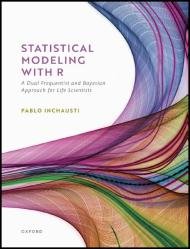 Название: Statistical Modeling With R: a dual frequentist and Bayesian approach for life scientists
Название: Statistical Modeling With R: a dual frequentist and Bayesian approach for life scientists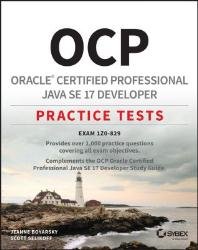 Название: OCP Oracle Certified Professional Java SE 17 Developer Practice Tests: Exam 1Z0-829
Название: OCP Oracle Certified Professional Java SE 17 Developer Practice Tests: Exam 1Z0-829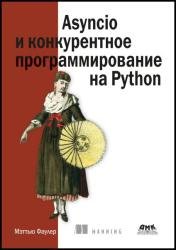 Название: Asyncio и конкурентное программирование на Python
Название: Asyncio и конкурентное программирование на Python Название: Sockets and Pipes : Connect with Haskell
Название: Sockets and Pipes : Connect with Haskell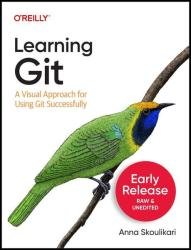 Название: Learning Git: A Visual Approach for Using Git Successfully (4th Early Release)
Название: Learning Git: A Visual Approach for Using Git Successfully (4th Early Release)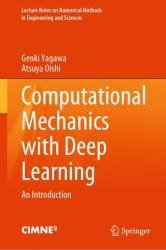 Название: Computational Mechanics with Deep Learning: An Introduction
Название: Computational Mechanics with Deep Learning: An Introduction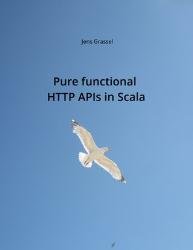 Название: Pure functional HTTP APIs in Scala
Название: Pure functional HTTP APIs in Scala Название: Modern C++ For Software Developers : Serious C++ Development
Название: Modern C++ For Software Developers : Serious C++ Development Название: 10 Refactorings to Boost your Clean Code Efficiency: Small steps to make your code more readable
Название: 10 Refactorings to Boost your Clean Code Efficiency: Small steps to make your code more readable